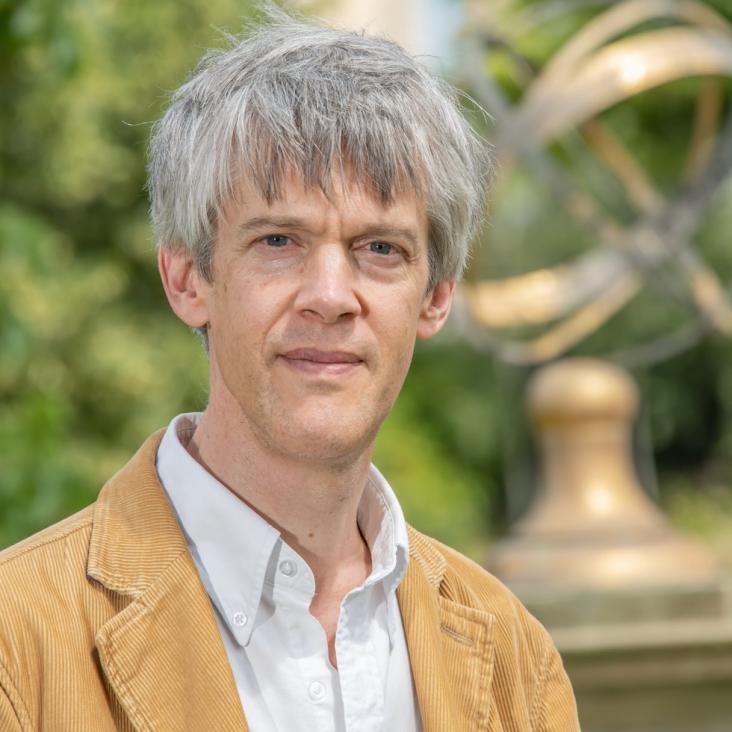Dating the Neolithic human remains at Knowth
Abstract:
The 60 AMS 14C determinations on cremated and non-burnt human bone presented here have provided a robust chronological framework for the interpretation of the main use phase at Knowth. This large series was seen as necessary to overcome the problem presented by the late fourth-millennium BC calibration plateau. To a large extent this strategy has been successful, but as is usually the case with modelling, there is not necessarily a single, clear-cut answer to questions of chronology, and much still depends on archaeological interpretation. Although the use of individual tombs is more variable, largely because of smaller sample sizes, overall modelling of funerary activity at Knowth consistently places the main phase of use as lasting between 100 and 300 years, maximum, in the period 3200-2900 BC (in a statement that now appears prescient, George Eogan (1991, 112) more than two decades ago suggested a date range of 3200-3000 cal. BC for the main phase of passage tomb construction and use at Knowth).Short-lived juvenile effects observed in stable carbon and oxygen isotopes of UK oak trees and historic building timbers
Rapid global ocean-atmosphere response to Southern Ocean freshening during the last glacial
Abstract:
Contrasting Greenland and Antarctic temperatures during the last glacial period (115,000 to 11,650 years ago) are thought to have been driven by imbalances in the rates of formation of North Atlantic and Antarctic Deep Water (the ‘bipolar seesaw’). Here we exploit a bidecadally-resolved 14C dataset obtained from New Zealand kauri (Agathis australis) to undertake high-precision alignment of key climate datasets spanning iceberg-rafted debris event Heinrich 3 and Greenland Interstadial (GI) 5.1 in the North Atlantic (~30,400 to 28,400 to years ago). We observe no divergence between the kauri and Atlantic marine sediment 14C datasets, implying limited changes in deep water formation. However, a Southern Ocean (Atlantic-sector) iceberg rafted debris event appears to have occurred synchronously with GI-5.1 warming and decreased precipitation over the western equatorial Pacific and Atlantic. An ensemble of transient meltwater simulations shows that Antarctic-sourced salinity anomalies can be propagated globally via an atmospheric Rossby wave train.


